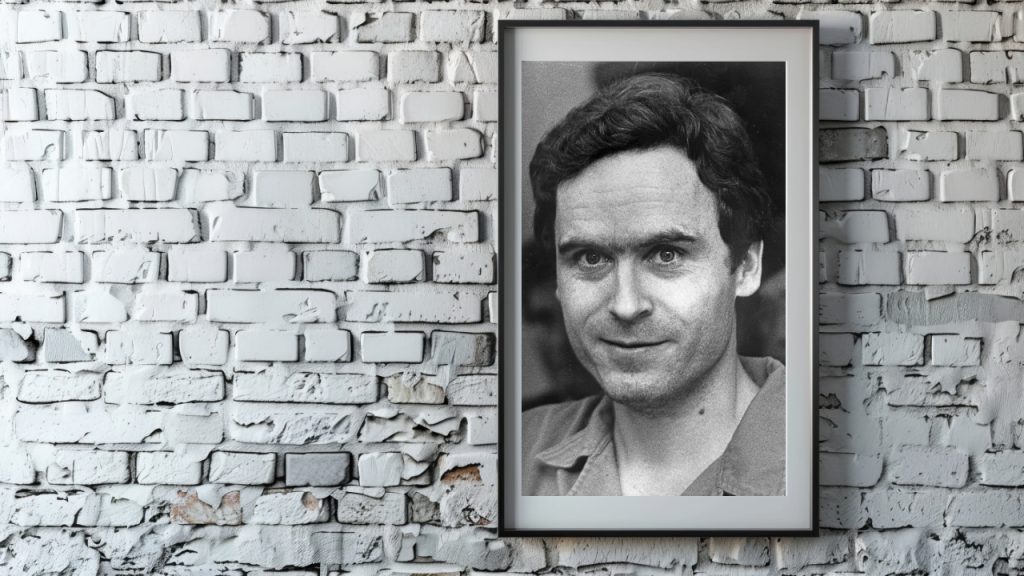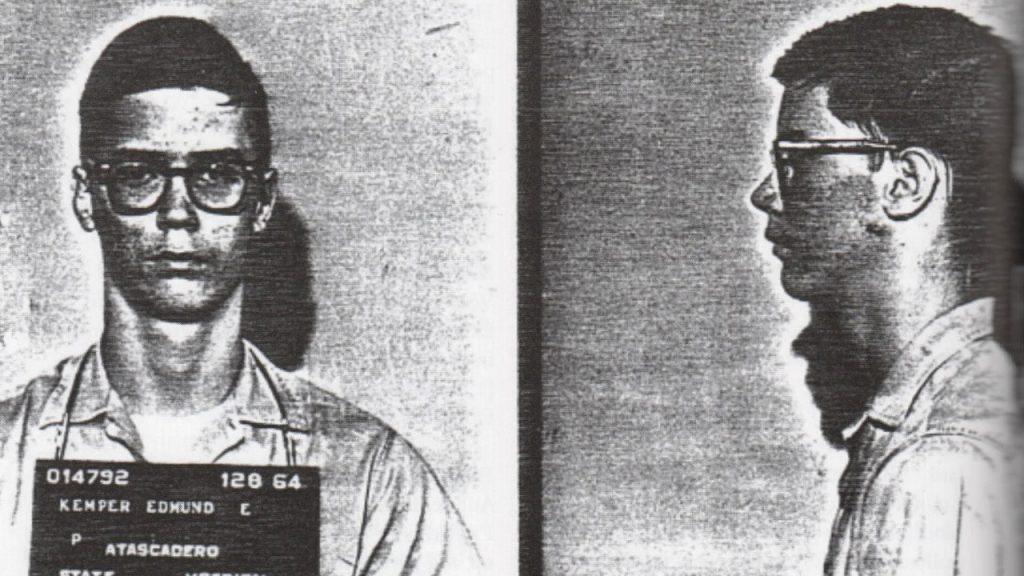I’ve always been both fascinated and horrified by serial killers. There’s something deeply unsettling about the way their minds work—the twisted actions they take, the motivations that drive them, and the psychological factors that shape their crimes. It’s a disturbing blend of curiosity and fear, trying to understand how seemingly ordinary people can commit such unimaginable acts.
The more I’ve learned, the more I’ve realized how little I knew, and each new fact I uncover pulls me deeper into this strange and terrifying world. Here are 24 chilling facts that made me question everything I thought I knew about serial killers—and left me wondering what truly makes someone capable of such darkness.
1. The Term “Serial Killer” Is Relatively New

The term “serial killer” was coined by FBI agent Robert Ressler in the 1970s. Before this, these types of criminals were often referred to as mass murderers or simply as repeat offenders.
2. Many Serial Killers Lead Double Lives

A surprising number of serial killers appear to be normal, even charming, members of society. Ted Bundy, for example, was known for his good looks and charismatic personality, which he used to lure his victims.
3. They Often Start Young

Many serial killers show signs of their violent tendencies early in life. Childhood behaviors such as cruelty to animals, arson, and persistent bed-wetting (the “Macdonald triad”) are often seen in future killers.
4. Some Collect Trophies

Serial killers often keep “trophies” or souvenirs from their victims. These items, which can range from personal belongings to body parts, serve as mementos of their crimes and help them relive the experience.
5. They Can Be Very Intelligent

While not always the case, some serial killers have above-average intelligence. Edmund Kemper, known as the “Co-ed Killer,” had an IQ of 145. This intelligence often helps them evade capture for longer periods.
6. Female Serial Killers Are Rare

Female serial killers make up only about 15% of all serial killers. They often use methods such as poisoning, which can be harder to detect, and tend to target people they know.
7. Geographic Profiling Can Help Catch Them

Geographic profiling is a tool used by investigators to determine the likely location of a serial killer’s home base. By analyzing the locations of the crimes, they can predict where the killer might live.
8. The Zodiac Killer Remains Uncaught

One of the most infamous serial killers, the Zodiac Killer, was active in the late 1960s and early 1970s in California. Despite extensive investigations and numerous suspects, the killer was never caught, and their identity remains unknown.
9. Some Kill for Decades

Some serial killers manage to evade capture and continue their crimes for decades. Dennis Rader, known as the BTK Killer, committed murders over a span of 30 years before he was finally caught in 2005.
10. They Often Have Specific Victim Types

Serial killers often have a specific type of victim they prefer, which can be based on age, gender, race, or other characteristics. This consistency can help law enforcement connect seemingly unrelated crimes.
11. Their Crimes Can Inspire Copycats

High-profile serial killers sometimes inspire others to commit similar crimes. These “copycat” killers are influenced by the media coverage and notoriety of the original killer.
12. Some Taunt the Police

Many serial killers enjoy taunting law enforcement with letters, phone calls, or clues left at crime scenes. The Zodiac Killer and the BTK Killer are notorious for their communications with the police and media.
13. They Often Have Troubled Childhoods

A significant number of serial killers experienced abusive or neglectful childhoods. This trauma can contribute to their later violent behavior and lack of empathy for their victims.
14. They May Have Mental Illnesses

While not all serial killers are mentally ill, some have been diagnosed with disorders such as antisocial personality disorder, schizophrenia, or borderline personality disorder. These conditions can influence their actions and mindset.
15. Some Have High Body Counts

The body count of serial killers can be staggering. Gary Ridgway, known as the Green River Killer, confessed to murdering 71 women, making him one of the most prolific serial killers in American history.
16. They Can Be Active Worldwide

Serial killers are not confined to any one country or culture. They have been active worldwide, from Jack the Ripper in England to Pedro Alonso López in South America, who claimed to have killed over 300 young girls.
17. Modern Forensics Are Catching Up

Advances in forensic science, such as DNA profiling and criminal databases, have made it increasingly difficult for serial killers to evade capture. Cold cases are now being solved decades after the crimes were committed.
18. Some Blend Into Society

Many serial killers are not the “lone wolves” we often imagine. They can be married, hold steady jobs, and participate in community activities, all while hiding their dark side from those around them.
19. The FBI Has a Behavioral Analysis Unit

The FBI’s Behavioral Analysis Unit (BAU) specializes in understanding the behavior and motives of serial killers. They use psychological profiling to help catch these criminals by predicting their next moves.
20. Some Have Escaped from Prison

There have been cases where captured serial killers have escaped from prison. Ted Bundy famously escaped twice, once from a courthouse library and once from a jail, before being recaptured.
21. They Often Follow the News

Serial killers often keep track of news coverage about their crimes. They may alter their behavior based on what they learn from the media to avoid capture or to increase their notoriety.
22. Victim Impact Is Devastating

The impact of a serial killer’s actions on the victims’ families and communities is profound and long-lasting. The psychological trauma and grief can persist for years, affecting countless lives.
23. They Have Fascinated Pop Culture

Serial killers have been a staple in pop culture for years, inspiring countless movies, TV shows, books, and documentaries. While fictional portrayals can sometimes glamorize these criminals, the real stories are often far more disturbing.
24. Serial Killers Often Have Nicknames

Many serial killers become known by infamous nicknames given by the media or law enforcement, such as the “Zodiac Killer” or the “Green River Killer.” These names often amplify their notoriety and contribute to their lasting infamy in the public eye.
Ellen has been obsessed with logic puzzles, jigsaws, and cryptograms since she was a kid. After learning she was taught how to play chess wrong by a family friend (so they could win), she joined her school chess club and the rest is history.


